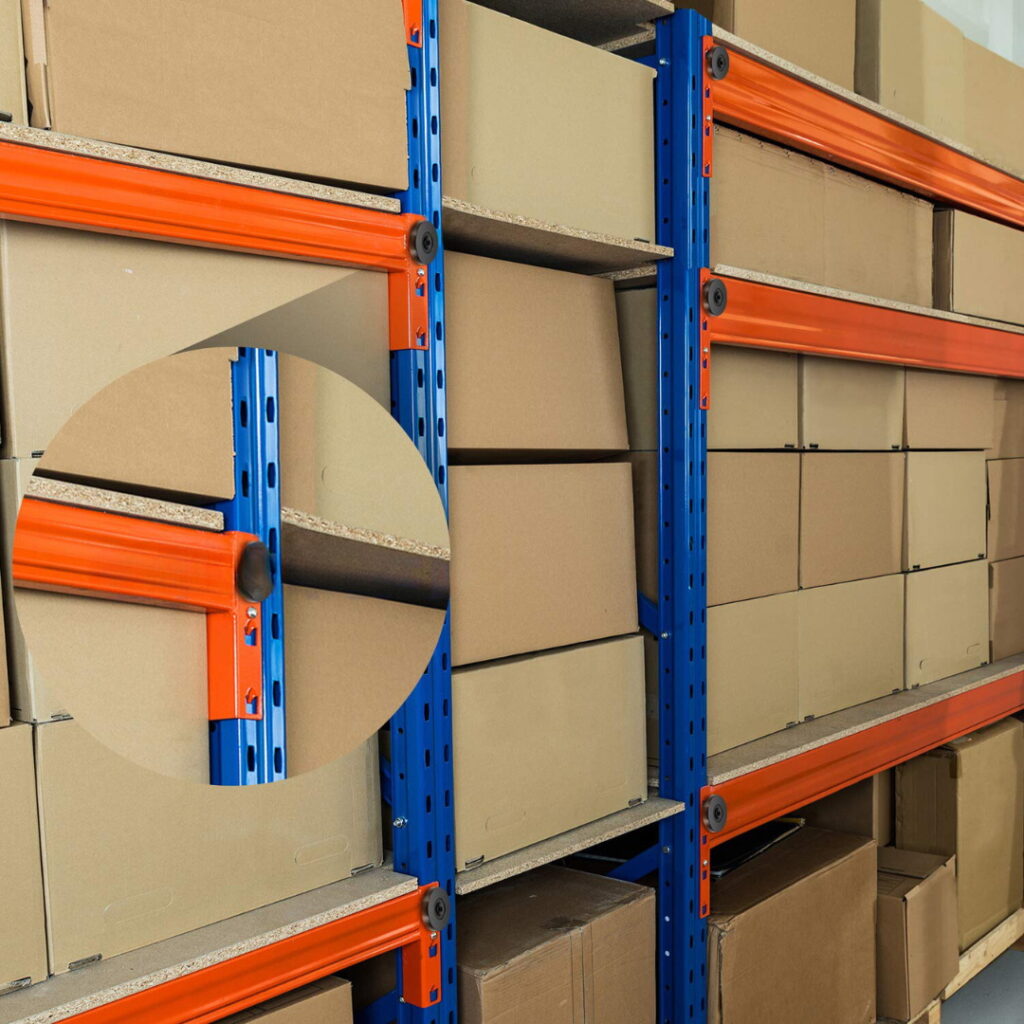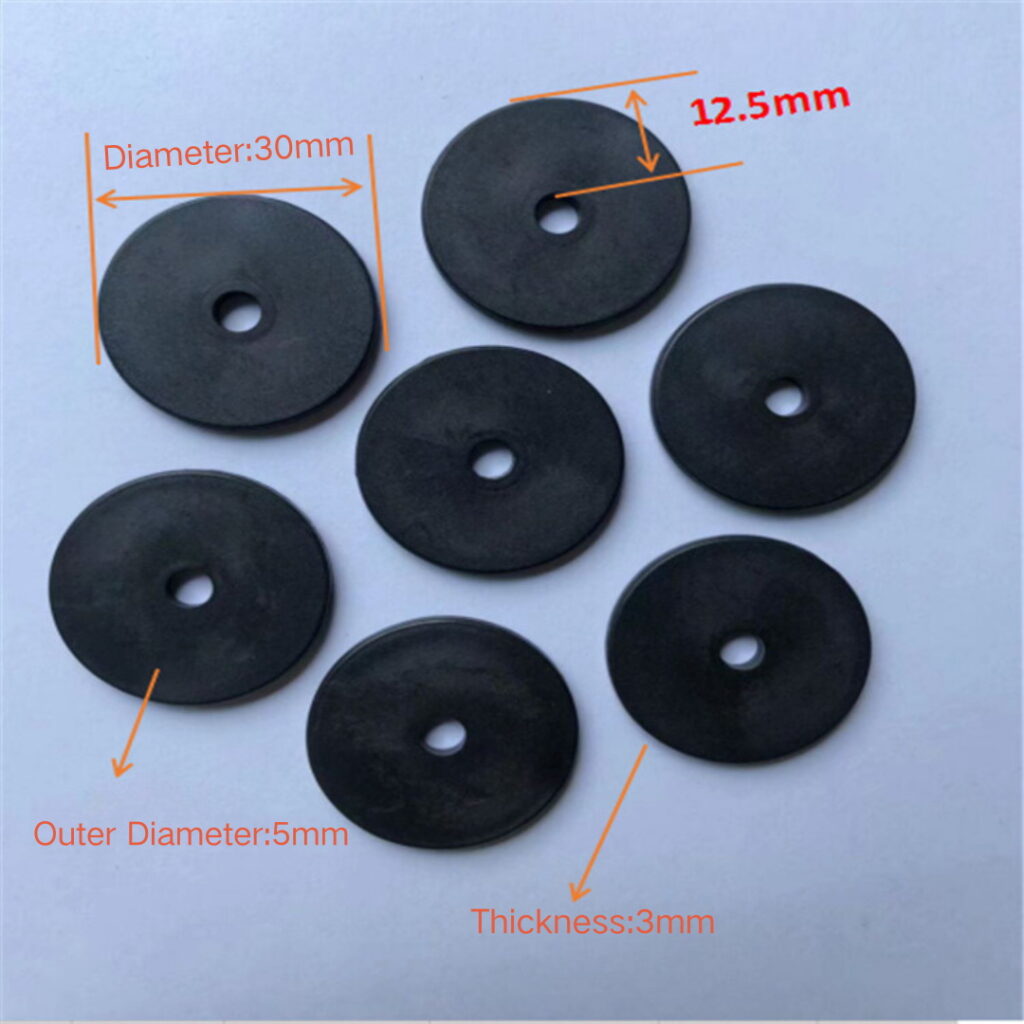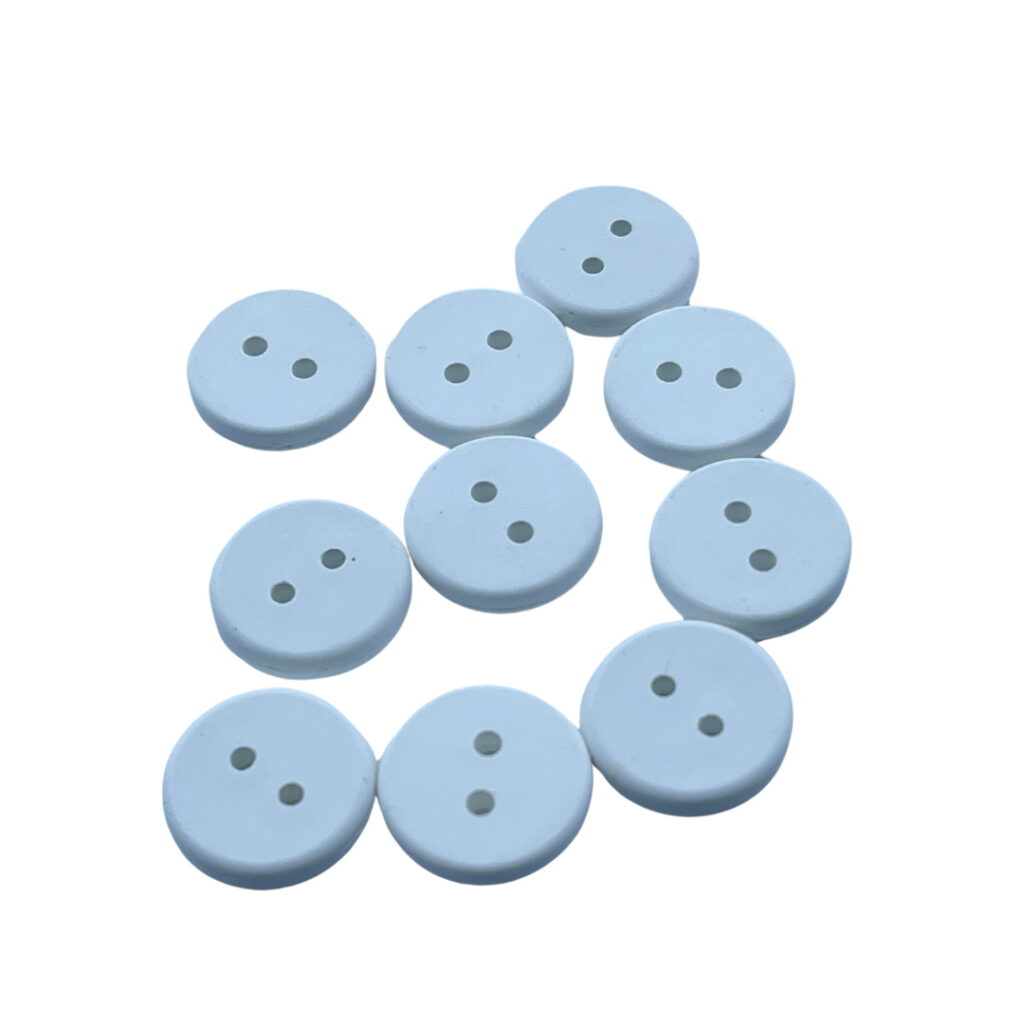
Unlocking the Power of RFID Coin Tags: A Comprehensive Guide to Tiny Tracking Marvels
Table of Contents
Introduction to RFID Coin Tags
In this article, we’ll dive deep into the world of RFID coin tags, exploring their technology, applications, and benefits. Whether you’re a business owner looking to streamline operations or a tech enthusiast curious about the latest in tracking solutions, this guide will provide valuable insights into these miniature marvels.

What Exactly Are RFID Coin Tags?
RFID coin tags are small, disc-shaped tracking devices that use radio-frequency identification (RFID) technology. These tags are designed to be compact and durable, resembling a coin in size and shape. They contain an embedded RFID chip and antenna, allowing them to store and transmit data wirelessly when scanned by an RFID reader. The coin-like form factor makes these tags ideal for tracking small items or assets where space is at a premium. They can be easily attached to objects or even embedded within them, providing a discreet and efficient tracking solution.

How Do RFID Coin Tags Work?
RFID coin tags operate on the same principles as other RFID technologies. Here’s a breakdown of their functionality:
- The tag contains a microchip and an antenna.
- When an RFID reader sends out radio waves, the tag’s antenna picks up the signal.
- The microchip is powered by the energy from the radio waves (in passive tags) or its battery (in active tags).
- The chip then transmits its stored data back to the reader via the antenna.
- The reader decodes the information and sends it to a connected computer system for processing.
This process happens in a fraction of a second, allowing for quick and efficient scanning of multiple tags simultaneously.
What Are the Different Types of RFID Coin Tags?
RFID coin tags come in various types, each suited for different applications:
- Passive RFID Coin Tags: These are the most common and cost-effective. They don’t have their own power source and rely on the reader’s signal for activation.
- Active RFID Coin Tags: These tags have their own battery, allowing for longer read ranges and the ability to continuously broadcast their signal.
- Low-Frequency (LF) Coin Tags: Operating at 125 kHz, these tags have a short read range but work well near metal or liquid.
- High-Frequency (HF) Coin Tags: These tags operate at 13.56 MHz and offer a good balance between read range and data transfer speed.
- Ultra-High Frequency (UHF) Coin Tags: With frequencies between 860-960 MHz, these tags offer the longest read range but can be affected by metal and liquids.
The choice of tag depends on the specific requirements of your application, such as read range, environment, and data storage needs.
What Are the Key Benefits of Using RFID Coin Tags?
RFID coin tags offer several advantages over traditional tracking methods:
- Compact Size: Their small form factor allows for discreet placement on or within items.
- Durability: Many RFID coin tags are designed to withstand harsh environments.
- Non-Line-of-Sight Reading: Unlike barcodes, RFID tags can be read without direct visual contact.
- Multiple Tag Reading: RFID readers can scan multiple tags simultaneously, increasing efficiency.
- Rewritable Data: Many RFID coin tags allow data to be updated or rewritten as needed.
- Long Lifespan: Especially for passive tags, which can last for years without maintenance.
These benefits make RFID coin tags an attractive option for businesses looking to improve their asset tracking and inventory management processes.
In Which Industries Are RFID Coin Tags Commonly Used?
RFID coin tags find applications across various sectors:
- Retail: For inventory management and anti-theft measures.
- Healthcare: Tracking medical equipment and patient wristbands.
- Hospitality: Managing linens, towels, and other small assets.
- Manufacturing: Tracking small parts and components in the production process.
- Logistics: Monitoring packages and parcels during transit.
- Access Control: As key fobs or tokens for secure entry systems.
The versatility of RFID coin tags makes them valuable in any industry that needs to track small items efficiently.
How Do RFID Coin Tags Compare to Other Tracking Technologies?
Let’s compare RFID coin tags to other common tracking methods:
- Multiple tag reading
- Durable and compact | – Higher initial cost
- Potential interference with metal/liquids | | Barcodes | – Low cost
- Widely adopted | – Requires line-of-sight
- Can be easily damaged | | QR Codes | – Can store more data
- Easily created | – Requires line-of-sight
- Dependent on smartphone scanning | | GPS Trackers | – Real-time location tracking
- Long-range capabilities | – Larger size
- Higher power consumption |
While each technology has its place, RFID coin tags offer a unique combination of size, durability, and functionality that makes them ideal for many tracking applications.

What Are Some Innovative Use Cases for RFID Coin Tags?
RFID coin tags are being used in creative ways across various industries:
- Smart Laundry Systems: Hotels and hospitals use RFID coin tags to track linens and uniforms through the laundry process.
- Interactive Museums: Exhibits use RFID-enabled tokens to provide personalized experiences to visitors.
- Livestock Tracking: Small RFID coin tags are used to monitor and identify individual animals in herds.
- Automotive Assembly: Tracking small parts and ensuring correct assembly in car manufacturing.
- Waste Management: RFID tags in garbage bins to track collection and recycling efforts.
These examples showcase the versatility and potential of RFID coin tag technology in solving diverse tracking challenges.

How to Choose the Right RFID Coin Tag for Your Needs?
Selecting the appropriate RFID coin tag involves considering several factors:
- Environment: Will the tags be exposed to extreme temperatures, moisture, or chemicals?
- Read Range: How far do you need the tags to be readable from?
- Data Storage: How much information do you need to store on each tag?
- Frequency: Which frequency (LF, HF, UHF) best suits your application?
- Active vs. Passive: Do you need continuous broadcasting or is event-based reading sufficient?
- Cost: What’s your budget for implementation and ongoing tag replacement?
Consulting with an RFID solutions provider can help you navigate these choices and find the best fit for your specific needs.
What Are the Challenges in Implementing RFID Coin Tag Systems?
While RFID coin tags offer many benefits, there are some challenges to consider:
- Initial Cost: The upfront investment in tags and readers can be significant.
- Integration: Incorporating RFID systems into existing workflows and software can be complex.
- Metal and Liquid Interference: Some environments may require specialized tags to overcome interference.
- Privacy Concerns: Proper data security measures must be in place to protect sensitive information.
- Tag Placement: Finding the optimal location for tag placement on small items can be tricky.
Addressing these challenges early in the implementation process can lead to a more successful RFID coin tag deployment.
What Does the Future Hold for RFID Coin Tag Technology?
The future of RFID coin tags looks promising, with several exciting developments on the horizon:
- Increased Memory Capacity: Future tags may store more data, enabling more complex applications.
- Enhanced Security Features: Advanced encryption and authentication methods will make tags more secure.
- Integration with IoT: RFID coin tags will play a crucial role in the Internet of Things ecosystem.
- Improved Battery Life: For active tags, longer-lasting and more eco-friendly power sources are in development.
- Smaller Form Factors: Even tinier tags will enable tracking of smaller items and components.
As technology advances, we can expect RFID coin tags to become even more versatile and integral to various industries. In conclusion, RFID coin tags represent a powerful and flexible solution for tracking small assets and items. Their compact size, durability, and versatility make them invaluable across numerous industries. As the technology continues to evolve, we can expect to see even more innovative applications and improvements in the capabilities of these tiny tracking marvels.
Comments
Hot Products

What Is RFID Waste Management
Imagine a city where every trash bin speaks — not literally — but through a tiny chip that tells the system when it’s full, when it’s emptied, and where it went. That’s what RFID waste management is doing today.

What are Bolt Seals and their Applications? | Complete Guide
In global trade and logistics, bolt seals play a crucial role in ensuring cargo security and compliance. These small but powerful devices are designed to lock shipping containers, trailers, and cargo doors with a tamper-evident mechanism.

What is an RFID Card Protector? Benefits, Use Cases, and Buying Guide
RFID technology (Radio Frequency Identification) is everywhere: in your credit cards, ID badges, transit passes, hotel room keys, and more. It offers speed and convenience, but it also opens the door to a new kind of digital theft called “skimming.” That’s where an RFID card protector comes in.

RFID Wristbands for Events: Bulk Buying Guide for Organizers
RFID wristbands for events are becoming the go-to solution for organizers who need faster entry, fraud prevention, and cashless payments at concerts, festivals, and sports venues. Unlike paper tickets or QR codes, these smart wristbands use embedded chips to streamline access, secure transactions, and improve the guest experience.

How RFID Tag on Windscreen Improves Vehicle Access Control and Toll Systems
In today’s fast-paced world, vehicle identification needs to be quick, secure, and contactless. An RFID Tag on the Windscreen provides exactly that — a reliable way to manage toll collection, parking, and gated access without stopping vehicles.

The Benefits of RFID Linen Tags in Commercial Laundry
Managing laundry in hospitals, hotels, or large laundry services is a big job. Each day, thousands of sheets, towels, and uniforms are washed, sorted, and sent back out. But problems like lost linens, sorting mistakes, and manual counting can cost companies a lot of money. For example, mid-sized hotels can lose over $200,000 each year from missing linens.
That’s where RFID Linen Tags come in.
Tags
RELATED BLOGS

What Is RFID Waste Management
Imagine a city where every trash bin speaks — not literally — but through a tiny chip that tells the system when it’s full, when it’s emptied, and where it went. That’s what RFID waste management is doing today.

What are Bolt Seals and their Applications? | Complete Guide
In global trade and logistics, bolt seals play a crucial role in ensuring cargo security and compliance. These small but powerful devices are designed to lock shipping containers, trailers, and cargo doors with a tamper-evident mechanism.

What is an RFID Card Protector? Benefits, Use Cases, and Buying Guide
RFID technology (Radio Frequency Identification) is everywhere: in your credit cards, ID badges, transit passes, hotel room keys, and more. It offers speed and convenience, but it also opens the door to a new kind of digital theft called “skimming.” That’s where an RFID card protector comes in.




